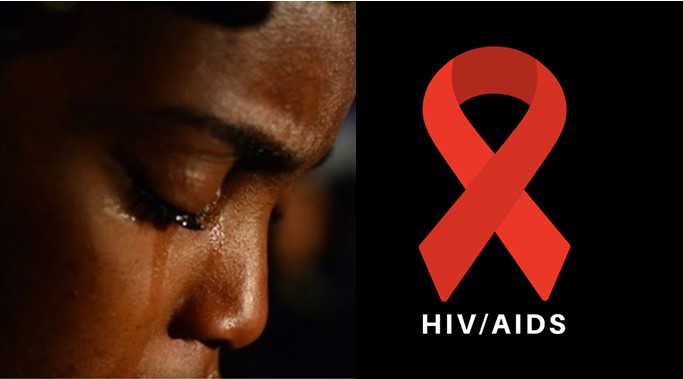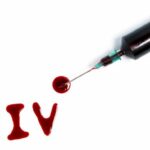
Here’s The Only Group Of People Who Can’t Spread HIV Despite Having The Virus
Published on July 19, 2022 at 5:24 AM by Face of Malawi
The Human Immunodeficiency Virus (HIV) is a life-threatening virus that targets the immune system and impairs the body’s ability to fight disease.
If left untreated, the infection can lead to Acquired Immunodeficiency Syndrome (AIDS). During this time, the immune system has been severely compromised and can only fight the ‘weakest’ infection. The body becomes susceptible to opportunistic infections like pneumonia and tuberculosis, which can lead to mortality.
HIV, on the other hand, can be controlled with antiretroviral therapy (ART). ARVs inhibit the virus, preventing mutation and increasing the immune system.
The medications can reduce the virus to undetectable levels with strict therapy follow-up. The HIV virus in the blood is too low in this period to be transmitted from a patient to a healthy person. Despite living with the virus, patients at this stage are the only ones who cannot spread it.
The presence of an undetectable viral load does not always imply that the person is negative. If the person stops taking the medication, the virus load may rise again. As a result, the person must continue with the therapy to keep the infection at bay.


